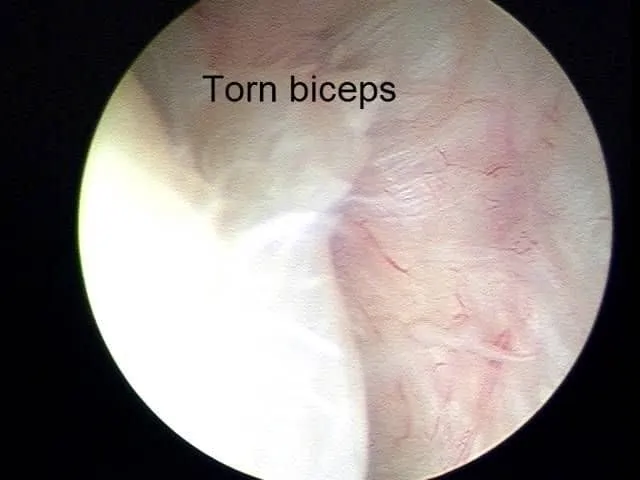Key Points
Arthroscopy is a minimally invasive way to do surgery on joints.
This technique can be used as a tool to diagnose a problem of a joint when other noninvasive tests are inconclusive.
A surgeon can more thoroughly examine a joint and more accurately treat the problem.
The patient has less pain and will recover quicker than with traditional surgery.
Indications
- Joint diseases
- Shoulder: osteochondrosis flap removal, diagnostic arthroscopy, biceps tendon tears/tendonitis, instability of the shoulder due to tearing of collateral ligaments
- Elbow: fragmented coronoid processes, osteochondrosis
- Stifle: cruciate ligament tears, osteochondrosis, long digital extensor tendon avulsion
- Tarsus: osteochondrosis
Reasons to have surgery done arthroscopically
- The surgeon can see the diseases better and thus treat the problem more thoroughly
- Less invasive procedure
- Less hair is generally shaved
- Less pain
- Less scar tissue develops, therefore better range of motion
- More rapid return to function of the limb
- Surgery can be done more rapidly in some cases, thus less anesthesia time for patient
How the procedure is done
- A square region of hair is clipped over the joint
- The joint is distended with sterile fluid
- The ports for the camera and instruments are created with a couple of very small stab incisions
- A camera (arthroscope) is inserted into the joint
- A second port is made over the area of the joint that needs treatment
- Abnormal tissue is removed using small forceps, or an arthroscopic power shaver
Examples of arthroscopic images from pets with problems


- Elbow dysplasia
- Osteochondritis dissecans of the shoulder
- Shoulder arthroscopy
- Stifle arthroscopy
- Elbow arthroscopy
Potential complications
- Inability to perform surgery arthroscopically, thus necessitating an open surgical approach to the joint (this is uncommon)
- Swelling from leaking of fluid from the joint during the procedure; this is not really considered a complication, but is expected after this type of surgery and will resolve within 1 to 2 days
- Infection – rare
- Anesthetic death – rare


